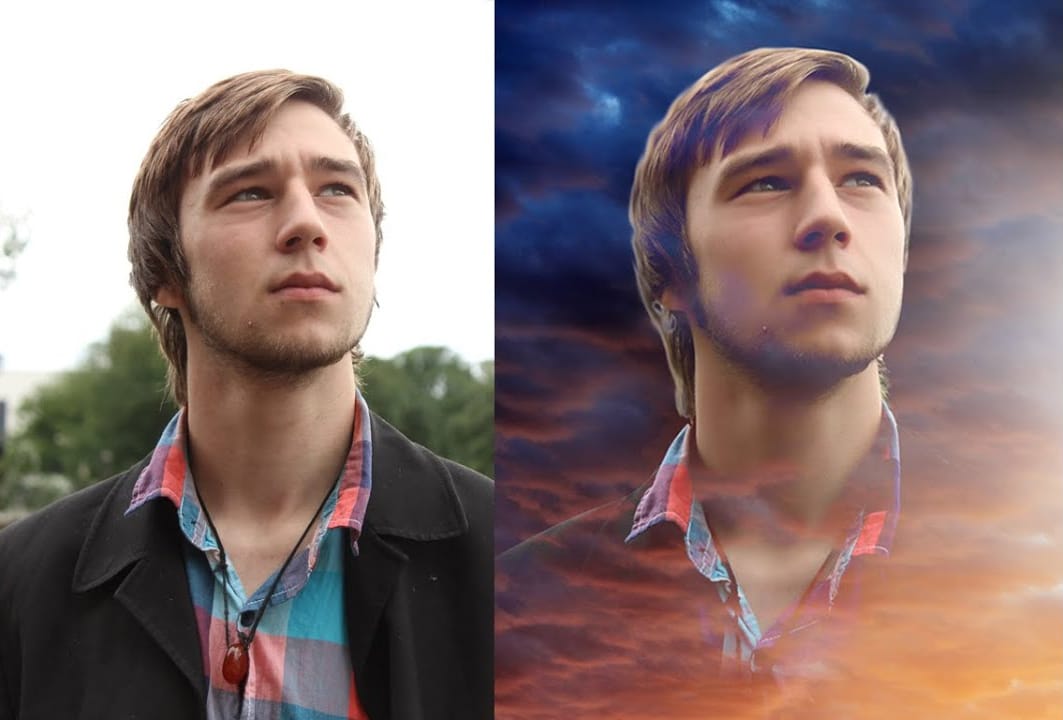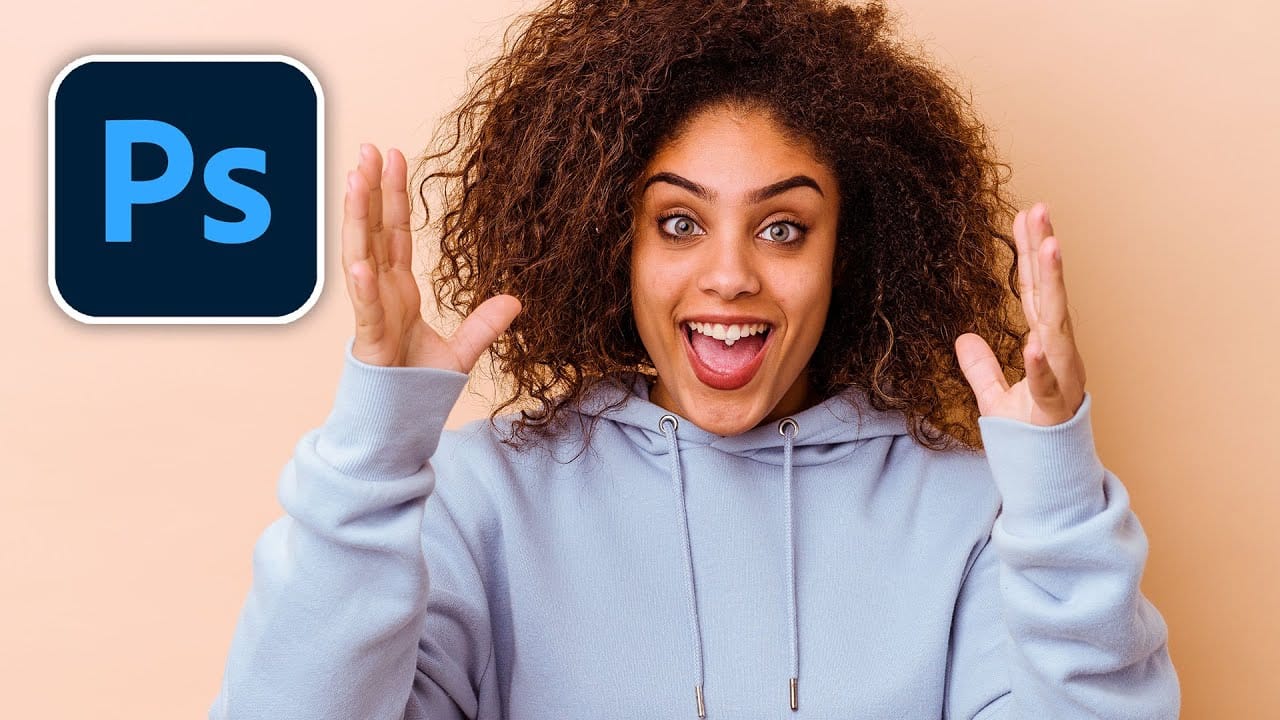Creating captivating photo composites involves seamlessly bringing different elements together. Mastering the art of combining and blending images allows you to expand your creative possibilities, whether you are crafting surreal landscapes or integrating subjects into new environments.
This guide provides a foundational understanding of how to merge multiple photos into a single canvas and then blend them naturally within Photoshop. You will explore various techniques for combining images and practical methods for achieving smooth transitions between layers.
Watch the Video
The Art and Science of Photo Compositing
The concept of photo compositing has evolved significantly since the early days of photography. Initially, combining elements from different negatives or prints was a painstaking physical process, often involving darkroom trickery and meticulous cutting. Digital tools, particularly Photoshop, revolutionized this practice, offering unprecedented control and precision for artists and photographers.
Modern compositing goes beyond mere technical assembly; it delves into storytelling and visual impact. By strategically layering and blending images, creators can:
- Construct entirely new realities.
- Enhance existing scenes with dramatic flair.
- Communicate complex narratives visually.
This capability empowers photographers to transcend the limitations of a single shot, creating images that are both technically proficient and creatively compelling. The techniques for merging and blending are fundamental skills, laying the groundwork for more advanced digital art.
Practical Tips for Combining and Blending
- Combine images into layers: Use
File > Scripts > Load Files into Stackto automatically place multiple selected images onto separate layers within a new document, or manually drag images between document tabs while holdingShiftto center them. - Arrange multiple open documents: Utilize
Window > Arrangeoptions likeFour Upto display several images side-by-side, facilitating easy dragging and dropping between canvases. - Blend with quick selections: For subjects against a contrasting background, use the
Quick Selection Toolto isolate the subject, thenAlt/Option-clickthe layer mask icon to hide the background, followed by applying aGaussian Blurto the background layer for depth. - Create soft edges with a brush: For a more organic blend, create a layer mask on the top image, then paint with a large, soft black brush to gently reveal the layer below, flipping to white to restore areas as needed.
- Refine layer mask edges: After creating a selection-based mask, open
Levels(Ctrl/Cmd+L) for the layer mask and drag the black slider to sharpen the edges, eliminating unwanted halos.
Related Articles and Tutorials about Combining and Blending
Explore more resources and deepen your understanding of combining and blending images in Photoshop.

















Member discussion